In the realm of superorganisms, few discoveries have astounded scientists quite like the identification of the world’s largest ant colony—a vast network of interconnected nests that literally spanned continents. This remarkable finding challenged our understanding of social insect behavior and demonstrated nature’s capacity for creating complex societies on an almost unimaginable scale. Unlike typical ant colonies that might occupy a single nest or small territory, this supercolony of Argentine ants (Linepithema humile) created a global empire, with billions of individuals functioning in perfect harmony across thousands of miles. The discovery not only reshaped entomological research but also provided fascinating insights into how invasive species can adapt, thrive, and establish dominance in new environments through remarkable social cooperation.
The Discovery of the Supercolony

The revelation of the world’s largest ant supercolony began in the early 2000s when researchers made an unexpected observation along the Mediterranean coast. Scientists noticed that Argentine ants collected from distant locations—spanning from Italy to Spain—didn’t fight when placed together, contrary to the typically territorial nature of ants. This peculiar behavior prompted a team of entomologists led by researchers from the University of Tokyo to conduct a more comprehensive study across Europe. Using behavioral and genetic analysis, they confirmed that what appeared to be separate colonies were actually part of a single supercolony spanning approximately 6,000 kilometers (3,700 miles) along the Mediterranean coast. What made this discovery particularly groundbreaking was the realization that ants from different nests recognized each other as nestmates despite the vast geographical separation, suggesting they all belonged to one enormous social structure.
The Argentine Ant: A Global Invader
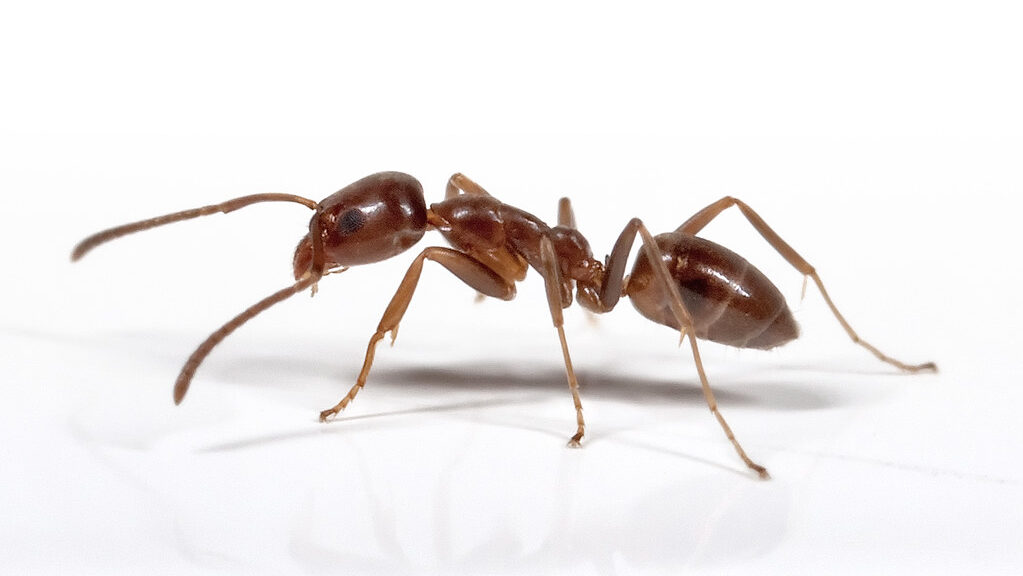
The protagonist of this remarkable story, the Argentine ant (Linepithema humile), originated in the Paraná River basin of South America but has become one of the world’s most successful invasive species. These small brown ants measure only 2-3 millimeters in length but compensate for their modest size with extraordinary social organization and adaptability. Originally from regions of Argentina, Brazil, Paraguay, and Uruguay, they were accidentally transported to other continents in the late 19th and early 20th centuries, primarily through human trade and shipping. What makes Argentine ants particularly successful invaders is their unique social structure—they form colonies with multiple queens and readily merge with neighboring nests of the same species, creating ever-expanding territories. Their diet flexibility, aggressive competitive behavior toward native ant species, and ability to thrive in human-modified environments have enabled them to colonize diverse habitats across six continents.
The European Branch: A 6,000-Kilometer Superorganism
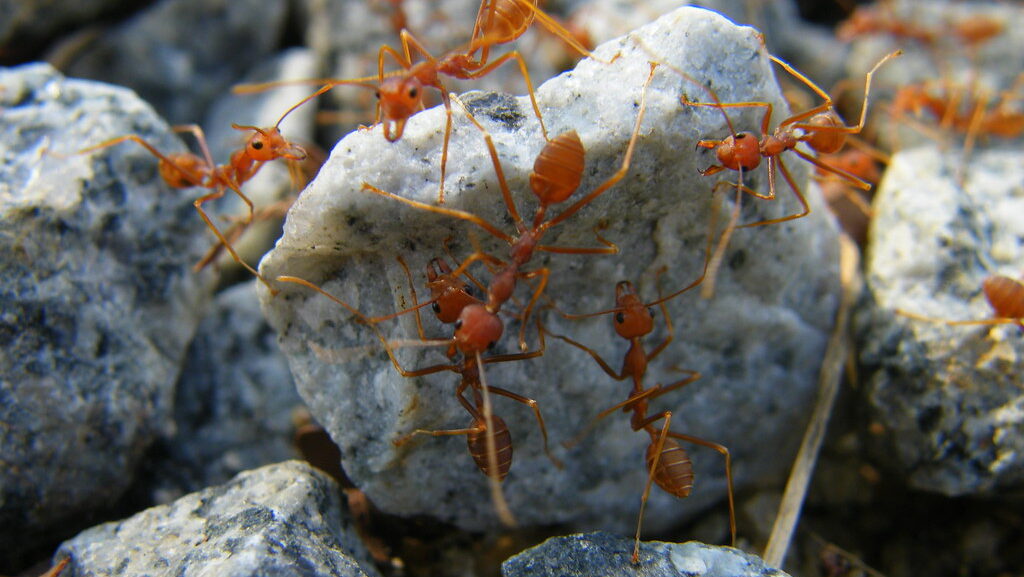
The European portion of this global supercolony represents one of the most studied segments of this remarkable biological phenomenon. Stretching approximately 6,000 kilometers along the Mediterranean coastline, this continuous empire extends from northern Italy through southern France and across the entire Iberian Peninsula. Researchers estimate that this European branch alone contains billions of worker ants and millions of queens, all functioning as a single harmonious unit. What makes this particularly remarkable is that ants from opposite ends of this vast territory—say, Portugal and Italy—recognize each other as colony members despite never having had direct contact. Genetic studies revealed that this entire population likely descended from a small founding group that arrived in Europe, possibly through a single introduction event, creating what scientists call a dramatic genetic bottleneck effect. This genetic uniformity helps explain why these ants recognize each other as kin across such enormous distances.
The Californian Connection: Across the Atlantic

The transcontinental nature of the supercolony became even more apparent when scientists discovered that the European supercolony was genetically and behaviorally connected to massive Argentine ant populations in California. When ants from these widely separated regions were introduced to each other in laboratory settings, they showed no aggression, instead behaving as members of the same colony despite being separated by an entire ocean. Genetic analysis confirmed the close relationship between these populations, suggesting they shared a recent common ancestry. The Californian branch of the supercolony stretches over 900 kilometers along the coast, containing an estimated trillion individuals. This trans-Atlantic connection provided compelling evidence that what researchers were documenting wasn’t simply a large colony but truly a global superorganism—a social entity that had successfully established itself across multiple continents while maintaining its cooperative social structure.
Japan: The Third Continental Branch

Further expanding the known range of this global supercolony, researchers later confirmed that Argentine ant populations in Japan were also part of the same intercontinental society. When Japanese Argentine ants were introduced to their European and Californian counterparts, they too displayed the same mutual recognition and cooperative behaviors characteristic of nestmates. This Japanese branch added yet another continental foothold to this already impressive biological empire. The presence of this harmonious relationship across three continents—Europe, North America, and Asia—definitively established this as the largest known ant colony in the world. Researchers estimate that the combined population across all three continental regions could number in the tens of trillions of individuals, making it arguably the most numerous society of cooperating organisms besides certain microbial communities.
The Secret to Success: Altered Social Behavior
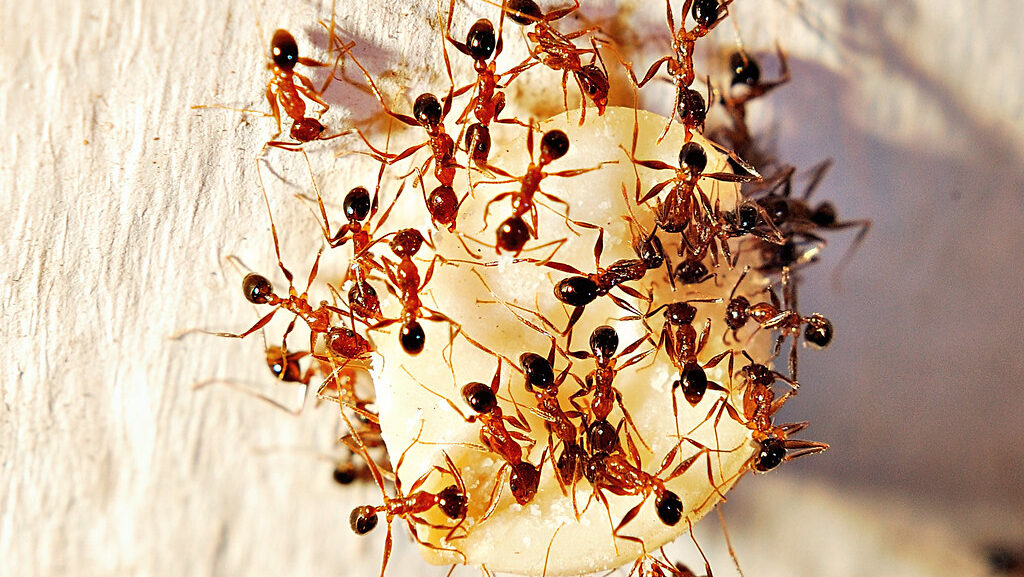
The unprecedented scale of this supercolony stems from a fascinating evolutionary shift in the Argentine ants’ social behavior after leaving their native range. In their homeland of South America, Argentine ants form numerous smaller colonies that fiercely compete with each other, maintaining strict territorial boundaries through aggressive encounters. However, when introduced to new environments, something remarkable happened—the ants largely abandoned this inter-colony aggression, instead forming cooperative supercolonies. This behavioral shift likely occurred through a combination of genetic bottlenecks during introduction events and subsequent selection pressures in the new environments. By eliminating internal competition between nests, the ants could direct all their energy toward expanding territory, gathering resources, and outcompeting native species. This cooperative strategy proved extraordinarily successful, allowing them to achieve population densities and territorial spans that would be impossible if they maintained the aggressive inter-colony relationships seen in their native range.
Chemical Communication: The Language of Unity

The mechanism behind the supercolony’s remarkable cohesion lies in the ants’ sophisticated chemical communication system. Argentine ants, like other ant species, identify colony members through hydrocarbon compounds present on their cuticles—essentially a chemical signature that serves as a colony “password.” In most ant species, these chemical profiles differ between colonies, triggering aggressive responses when ants encounter individuals with different signatures. However, in the global supercolony, these hydrocarbon profiles remain remarkably uniform across vast distances. Research has shown that the reduced genetic diversity resulting from founder effects during colonization events limited the variation in these chemical recognition cues. When two ants from distant parts of the supercolony meet, they share sufficiently similar hydrocarbon profiles to recognize each other as nestmates, leading to cooperation rather than conflict. This chemical uniformity functions as a global passport, allowing seamless integration across thousands of miles.
Ecological Impact: A Force of Nature
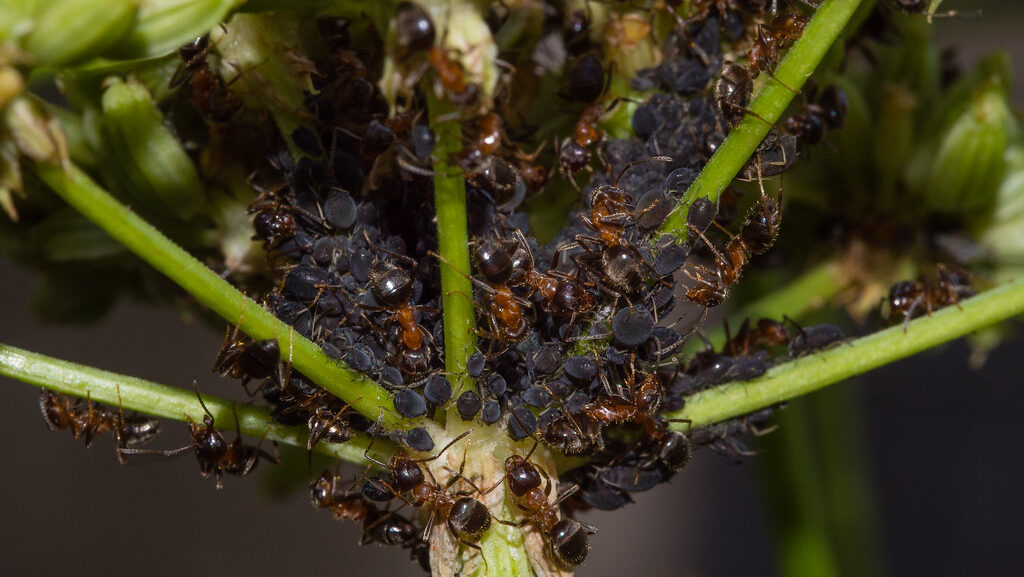
The ecological consequences of this massive supercolony have been profound and often devastating for native ecosystems. Argentine ants typically achieve densities 10-100 times greater than native ant communities, overwhelming local species through sheer numbers and superior resource mobilization. Their presence has been linked to significant declines in native ant diversity, with studies documenting local extinctions of native species following Argentine ant invasion. The impact extends beyond the ant world—these invaders disrupt important ecological relationships, including seed dispersal patterns and pollination systems. They’re known to protect sap-feeding insects like aphids in exchange for honeydew, which can increase damage to plants and agricultural crops. Perhaps most concerning is their role in disrupting the food web, as many vertebrate species that depend on native ants for food struggle when Argentine ants become dominant. The environmental footprint of this superorganism extends well beyond its physical presence, reshaping entire ecosystems across three continents.
Measuring the Immeasurable: Size and Population
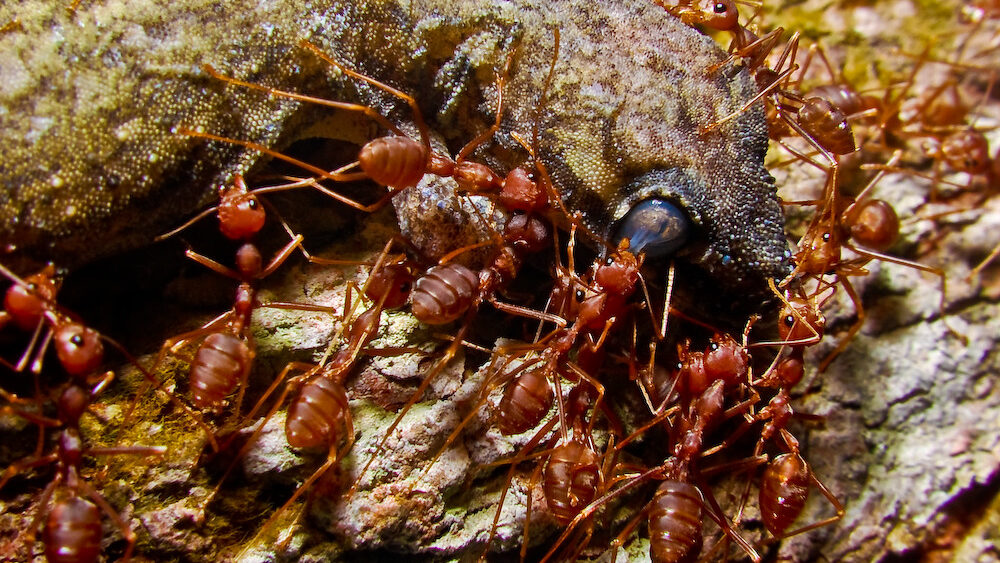
Attempting to quantify the exact dimensions and population of the global supercolony presents enormous challenges, but scientists have made remarkable estimates that highlight its truly staggering scale. Conservative calculations suggest the combined population across Europe, California, and Japan exceeds tens of trillions of individual ants—a number that dwarfs the human population by orders of magnitude. The territorial coverage spans at least 8,000 kilometers when combining the known ranges across the three continents. Population density studies in invaded areas have recorded up to 50 million workers and thousands of queens per acre in prime habitat, creating a living carpet of ants in areas of highest concentration. If the biomass of this supercolony could be collected and weighed, researchers estimate it would exceed the combined weight of many larger mammal species in the same regions. The sheer numerical superiority of this superorganism makes it one of the most successful animal societies ever documented.
Genetic Insights: A Unified Origin
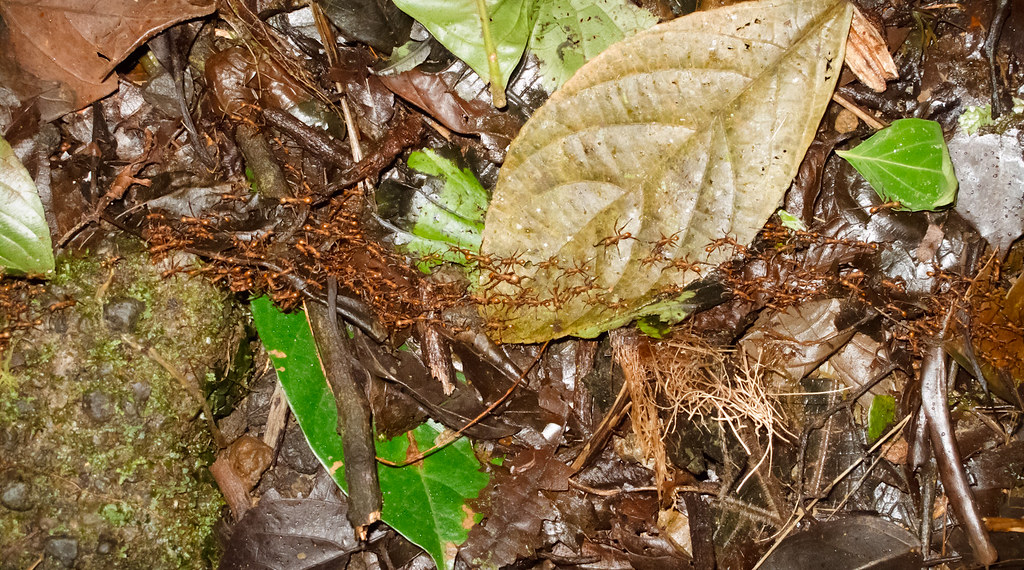
Genetic analysis has provided fascinating insights into the origins and spread of this global supercolony. DNA studies confirm that the European, North American, and Japanese branches all descend from a common ancestral population that departed from Argentina sometime in the late 19th century. These populations experienced significant genetic bottlenecks during colonization, resulting in reduced genetic diversity compared to their native counterparts in South America. This genetic uniformity helps explain the lack of aggression between widely separated populations—they essentially recognize each other as extended family. Researchers have identified specific genetic markers related to chemical recognition that show remarkable consistency across the supercolony’s range. Interestingly, genetic studies also revealed that occasional “pockets of resistance” exist where genetically distinct Argentine ant colonies maintain separate identities within the supercolony’s range, though these remain relatively rare exceptions to the overwhelming unity of the global population.
Research Challenges: Studying a Superorganism
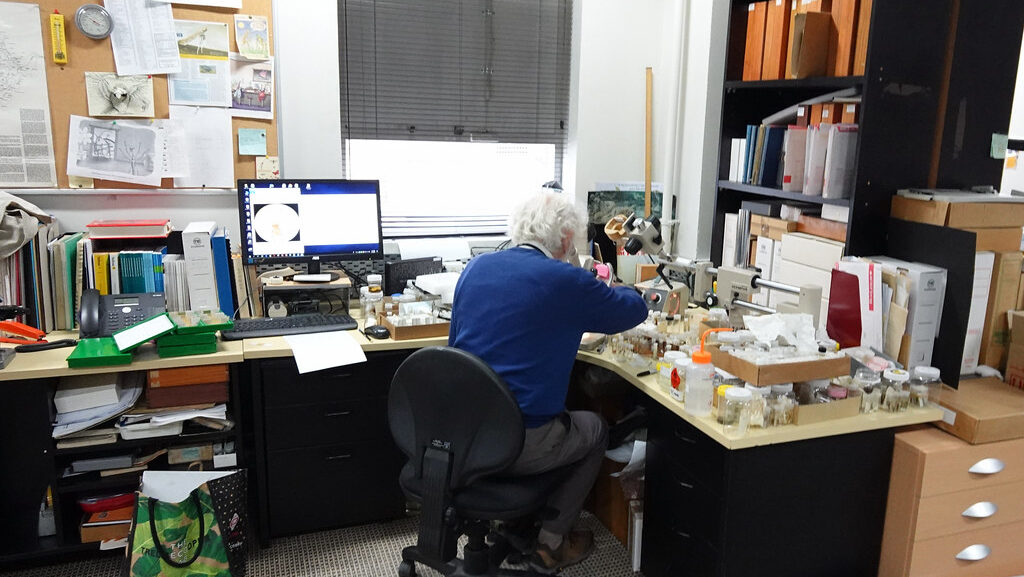
Studying an organism that spans continents presents unique challenges that have required scientists to develop innovative research approaches. Traditional field methods for studying ant colonies had to be significantly scaled up and coordinated across international boundaries, requiring unprecedented collaboration between research teams worldwide. Tracking the precise boundaries of the supercolony has proven particularly difficult, as the edges constantly shift through ongoing expansion and occasional contraction. Laboratory aggression tests, where ants from different locations are introduced to each other to observe their behavior, became a crucial tool but required standardized protocols across different research facilities. Genetic sampling presented another challenge, requiring consistent collection and analysis methods to allow meaningful comparison of populations separated by thousands of miles. Perhaps most challenging has been conceptualizing the entity itself—traditional ecological concepts of populations, colonies, and even species boundaries become blurred when addressing a biological phenomenon of this scale and complexity.
Control Efforts: Managing an Intercontinental Invader

Controlling and managing the spread of the Argentine ant supercolony has proven exceptionally difficult due to its vast range, enormous population, and remarkable adaptability. Traditional pesticide approaches often provide only temporary relief, as the interconnected nature of the supercolony allows rapid recolonization from adjacent areas that weren’t treated. The multiple queen system (polygyny) provides extraordinary reproductive capacity, with new queens quickly replacing those killed during control efforts. Some success has been achieved with toxic baits that worker ants carry back to their nests, spreading throughout the colony structure, but the supercolony’s size makes comprehensive treatment impractical across its entire range. Biological control options have been explored, including parasitoid flies from the ants’ native range, but implementation faces regulatory hurdles and concerns about unintended consequences. The most promising approaches focus on integrated pest management strategies in high-priority conservation areas rather than attempting eradication across the supercolony’s full range, which most experts now consider virtually impossible given its established presence.
The Future of the Supercolony: Expansion or Limitation?
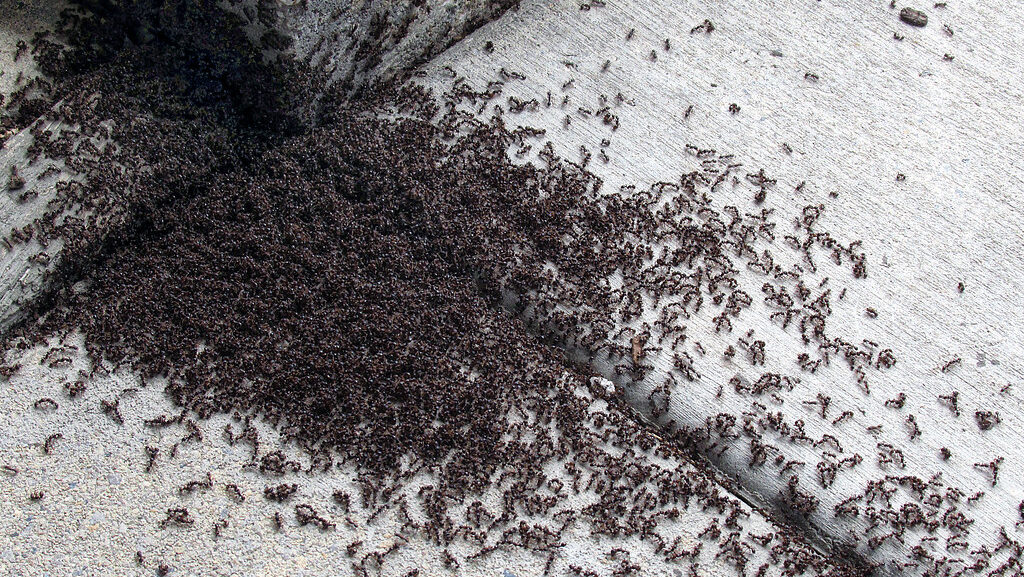
The future trajectory of this remarkable biological phenomenon remains a subject of active research and speculation among scientists. Climate change models suggest that warming temperatures could potentially expand suitable habitat for Argentine ants in some regions while making others less hospitable. Some researchers have documented cases where the supercolony has reached ecological limits in certain regions, with populations stabilizing or even declining after decades of dominance. Interestingly, in a few locations, previously displaced native ant species have shown signs of adaptation, developing more effective defensive strategies against Argentine ants over time. Competition from other invasive ant species, particularly the aggressive fire ant (Solenopsis invicta), may also create new competitive dynamics that could check the supercolony’s dominance in some areas. While the global supercolony will likely persist as a dominant ecological force for the foreseeable future, its continued expansion may increasingly encounter biological and environmental limitations that could eventually constrain its growth.
